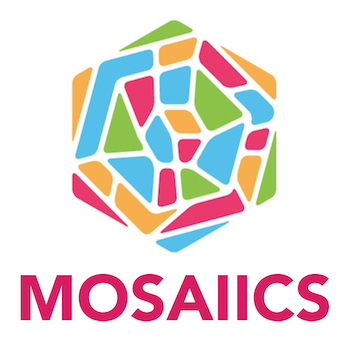Deep Learning Models for Tracking Solar Eruptive Features
Segmentation and tracking of solar eruptive events based on ground based and remote instrument data is essential in pursuit of better answers about the physical nature of these phenomena. A Data-driven approach appears as an obvious solution; nevertheless, engineering of training sets is a challenging task as obtaining labeled ground truth masks requires a significant
